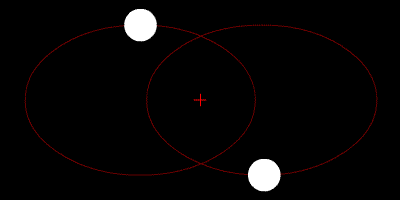
In ‘Les Archives de Rennes-le-Chteau’, published in 1988, Pierre Jarnac wrote:
"His – Louis Lawrence’s – grandmother, Marie Rivarès, died on 28 November 1922, the year after moving to Les Pontils. In accordance with the wishes of the deceased, the body was…embalmed!
It was there in the tomb [sépulture = burial place] prepared originally by the Galibert family that Louis Lawrence buried the body. Some time later, in 1931 or 1932, he did the same thing upon the death of his mother, Emily Rivarès, whom he laid to rest in the tomb [tombeau = tomb]
with the remains of two cats, also mummified!It was then that there was erected, on this site, a tomb [tombeau = tomb] in parallelepiped form, surmounted by a truncated pyramid. The whole structure was covered by a screed of cement. Nothing therefore served to distinguish it from those numerous funerary monuments that, at this time, one could still see in large numbers along the roadside."
So the tomb that once existed in Les Pontils was only built in 1933 by Louis Lawrence to contain the dead bodies of his mother, grandmother, and two mummified cats. Previously it had been a grave containing the corpses of the Galibert family.
Pierre Jarnac obtained his information from Adrien Bourrel, the second son of Louis Lawrence. And the stonemason Bourrel who dug the first grave in 1903 was related to the common-law wife of Louis Lawrence. Quoting Pierre Jarnac from private correspondence: "As for the year 1903 it was not the 'tomb' strictly speaking that was constructed in that year but only the 'basic' tombstone [dalle funéraire] covering a grave. The actual tomb - in other words the parallelepiped that bore so much resemblance to the tomb of Poussin - was only built around 1933".



The term Kilkenny cat refers to anyone who is a tenacious fighter. The origin of the term is now lost so there are many stories purporting to give the true meaning.
To "fight like a Kilkenny cat" refers to an old story about two cats who fought to the death and ate each other up such that only their tails were left. There is also a limerick (with optional added couplet) about the two cats:
There once were two cats of Kilkenny
Each thought there was one cat too many
So they fought and they fit
And they scratched and they bit
'Til (excepting their nails
And the tips of their tails)
Instead of two cats there weren't any!Kil - k = 11 enny - any
Interpretations of Schroedinger's Cat
Stephen Hawking is famously quoted as saying "When I hear about Schroedinger's cat, I reach for my gun."
